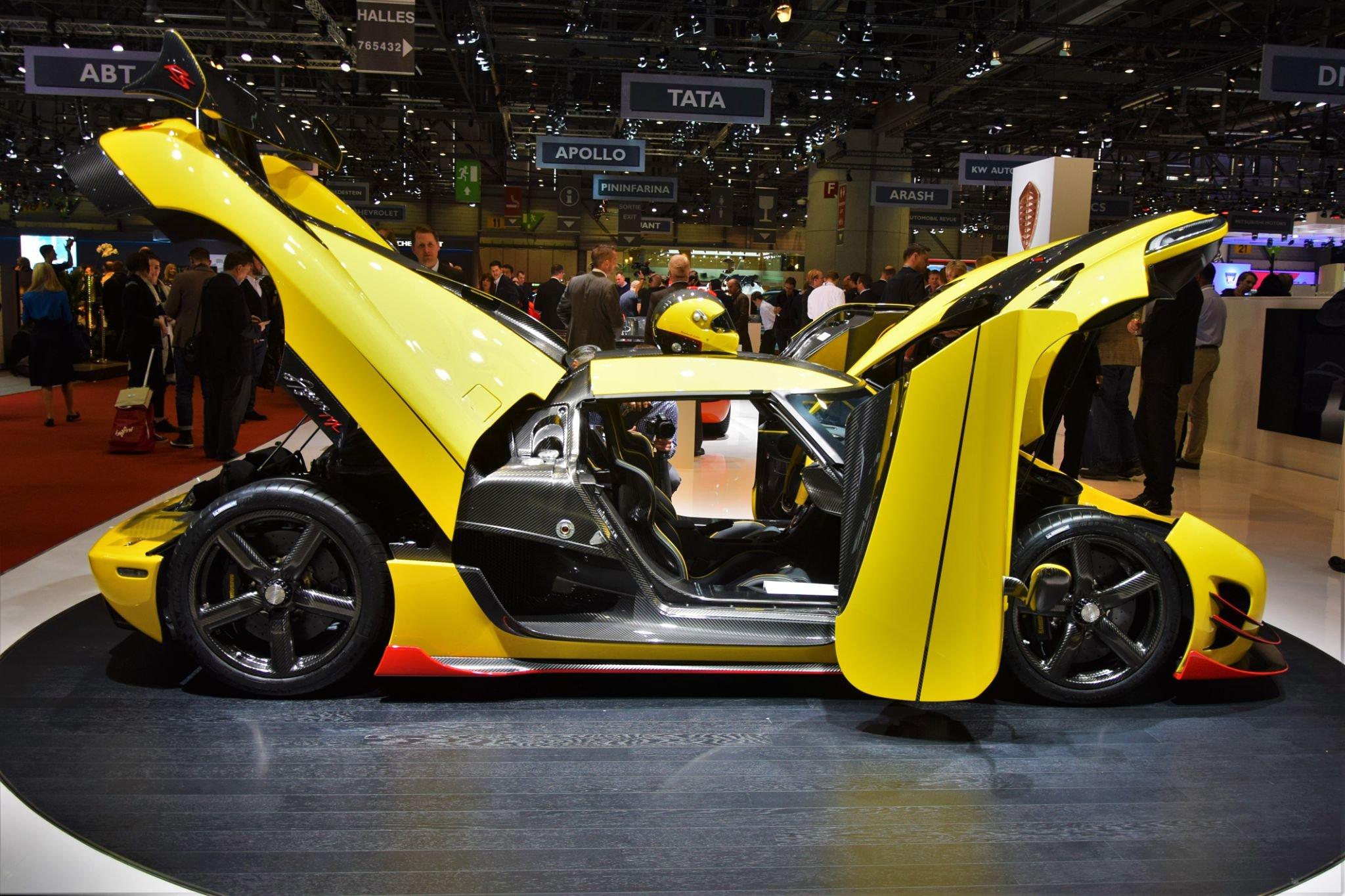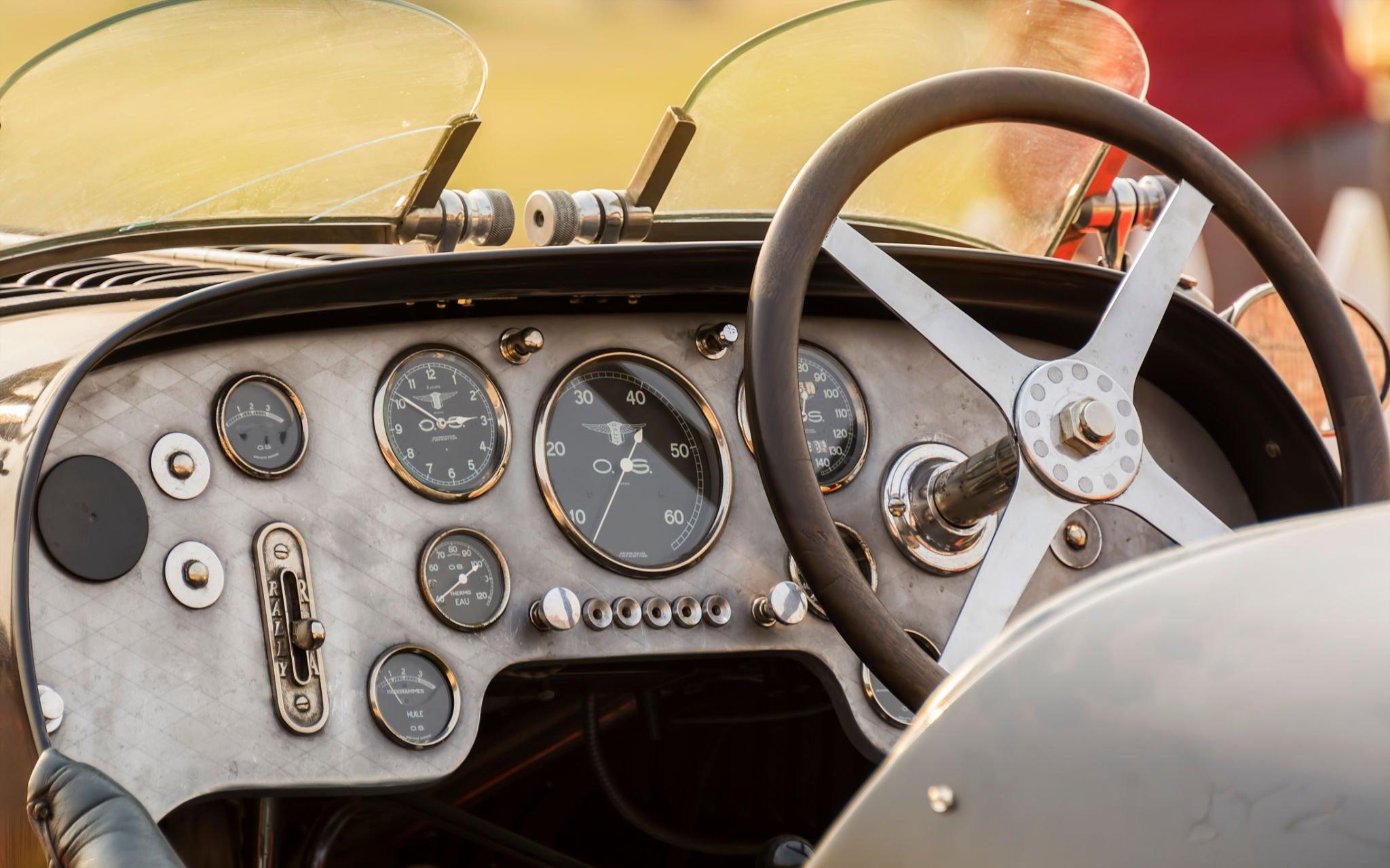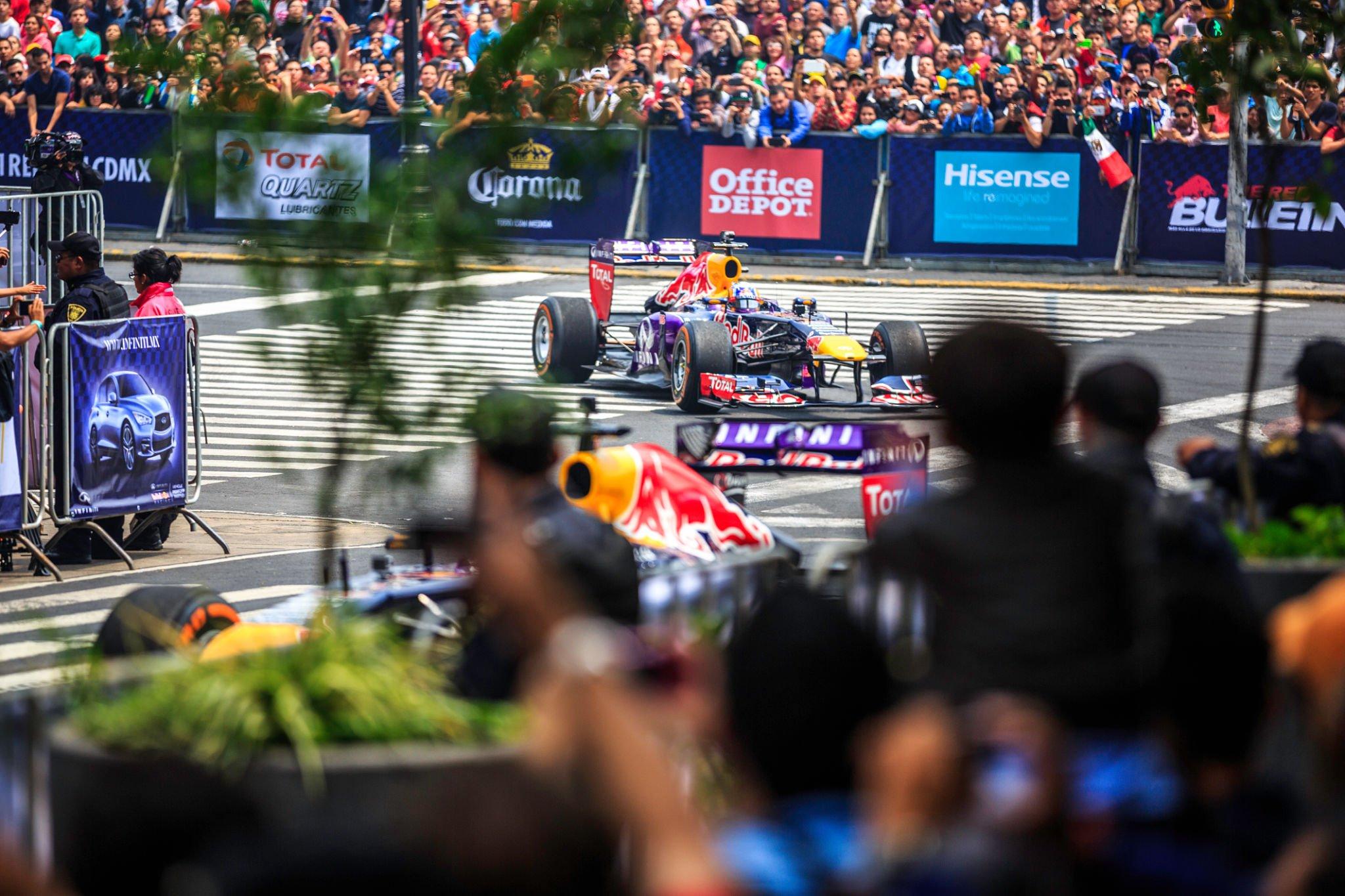In the arena of motorsports, a pit stop is an area where a racing car stops. Cars usually stop for a pit stop to refuel or seek repairs. A pit stop is also used in cases where a driver change is needed during a motorsport event.
Formula 1 races can be lost or won based on a good or bad pit stop. During a Grand Prix, the scene around a pit stop becomes about more than just a car and its driver. The mechanics who are associated with the repairing work are also known as pit crews. For these pit crews, who practice this maneuver at least a thousand times in a particular season, a delay of a few seconds feels like an hour for them. It is important here to note that since mid-race refueling was banned in the year 2010, the margin of error for pit crews has become even tighter.

The pit stop team
Generally, in Formula 1, it’s the driver who grabs all the attention. However, F1 racing is a collaborative team sport and nothing showcases this better than the pit stops. Each pit has a crew of at least 20 people who attend to the maintenance needs of the car. The replacement of each car tire requires the services of at least three mechanics. One operates the machinery through which the wheel is replaced, one takes the car wheel off, and the other pit stop worker places on a new replacement unit.
In addition, two people stabilize the car along with another two mechanics who operate the front and rear machinery to lift the car. A further two mechanics usually make front-side adjustments on the car such as repairs to lights. Finally, there are usually around three repairmen who carry out repairs to the rear of the car.
Time
Blink and you will miss it. That is very much the case with pit stops in Formula One racing right now. Pit stops these days are lightning quick, with mechanics synchronized to perfection and highlighting just how much F1 racing is a team sport. In F1 racing, every second counts. So, when the driver brake for a pit stop, the pressure is on the pit crew to get them back on the circuit track as quickly as possible.
When it comes to the fastest pit stop on record, it is the teams from Williams and Red Bull Racing share the honor, both recording a blisteringly quick time of 1.92 seconds from start to finish. Red Bull first recorded the time at the US Grand Prix in 2013 and Williams tied for the top spot at the 2016 European Grand Prix in Azerbaijan. Whilst such a fast time is naturally going to be very hard to beat, it may also be the case that no other team has beaten the time since because these days teams are looking for consistency rather than speed.

The complete absence of lollipop men
Previously, cars would be guided to a pit stop with the help of a ‘lollipop’ man. The lollipop man usually stays at the helm of things and communicates to the motorist when the time has come to set off back onto the race track. The lollipop man would also guide the driver on the proper selection of gears. However, the duty of this maintenance man was eliminated when Ferrari started to utilize a guidance system for their cars. This was brought in after an incident when a driver accidentally went backward into a race mechanic during a race held in Singapore. However, they quickly returned to the guidance lights.
The prospect of lost seconds in pit stops
It is important to note that pit stops can often be longer in modern F1 races if certain parts of the car need a full replacement. The duration of the F1 pit stop also increases in cases where there is a problem associated with the wheel nut or if the front wing angle needs adjustment. This is usually done to combat understeer or oversteer.
Additionally, the length of the pit stop will also increase if the car suffers a puncture or if debris gets collected, which needs cleaning from the car. Drivers tend to get very frustrated when this is the case and they are stopped for these reasons, although in reality they’re still often not stopped for more than around seven seconds.
Striking the racing marks appropriately
The pit crew is carefully placed to ensure that the repair is accomplished as smoothly and quickly as possible. It is therefore very important that the driver stops precisely at the designated position. Sometimes this doesn’t happen however and they stop too early before the designated spot, in which case the pit stop time is affected. This is because the mechanics have to realign themselves with the position of the driver.

Pit stop penalties
Teams and drivers can be penalized for bad pit stops. In these instances, ten and five-second-stop-and-go penalties are quite common. In the case of a penalty, the mechanics have to get the verdict on the penalty before commencing with the repair work. Despite the presence of the guiding lights, penalties are sometimes caused by drivers getting started in an unsafe manner. There have been various instances where a driver has come very close to hitting other racing vehicles when they were released from the pit too soon with a wobbly car wheel or where they have barely missed the pit crews of rival teams. This often results in penalties for the offending teams.
Given all of this, it is not surprising that pit crews spend an enormous amount of time practicing their tire changes and other maintenance tasks. The fact that they can change a tire in under two seconds is a testament to just how hard they practice and just how skilled and synchronized they are. Perfect planning and absolute precision are needed to get a pit stop right the first time and it’s a thing of beauty to watch it done well.









